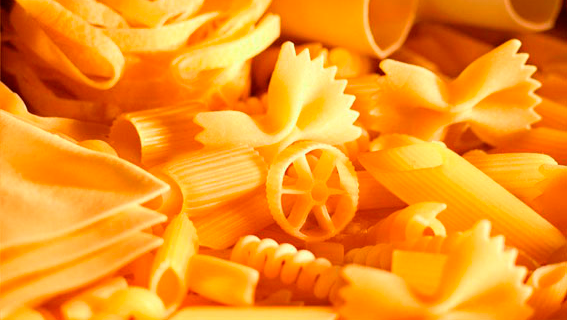X-RHEA
The Real Power of Simulation
X-RHEA is co-developed by EnginSoft and Vection Technologies.
X-RHEA is co-developed by EnginSoft and Vection Technologies.
X-RHEA (EXtended Reality for Human Engineering Application) is the immersive solution for the visualization and presentation of CAE (Computer-Aided Engineering) data.
The goal of X-RHEA is to enhance the presentation of studies and simulations to expedite comparison sessions among multidisciplinary teams and simplify technical-commercial communication.
X-RHEA is a cutting-edge suite to visualize in extender reality any engineering simulation results. This innovation merges tradition with modern technology, providing a powerful tool. X-RHEA revolutionizes technical-commercial communication, turning complex 2D reports into immersive experiences on Industrial Metaverse and enabling Artificial Intelligence integration.

Send your technical questions to our experts!
Connect you with an EnginSoft expert who can provide a reliable answer to your technical question or recommend a
proven solution.

CASE STUDY
This study was part of the Virtual Optimization PAsta production process (OPAV) research project,
modefrontier ansys ls-dyna magma optimization food-beverage consumer-goods

training courses
The training course on geometric product specification and tolerance analysis addresses the issues related to tolerance management and the approach known as "Dimensional Management", which defines the activities involved and their sequence for achieving the desired quality at the lowest possible cost. We offer a wide range of training courses – scheduled, on-demand and customized – designed to meet the varying needs of individuals and/or the company in which they work: SO-GPS, ASME-GD&T standards, Tolerance analysis and model-based definition, and Software technologies training.
cetol tolerances
CASE STUDY
A collaborative project between Nissan Technical Centre Europe, RBF Morph, and the University of Rome “Tor Vergata” showcases how multi-physics optimization is revolutionizing automotive wheel design, particularly for electric vehicles (EVs). By integrating styling, structural analysis, and aerodynamics within a unified workflow enabled by advanced mesh morphing technology (rbfCAE), designers can optimize wheels for lightweight, strength, and aerodynamic efficiency without compromising aesthetics.
automotive optimization
CASE STUDY
This technical article describes an acoustic emissions study conducted on an electric water circulation pump used for supplementary cooling or heating functions in vehicles, by the Modeling & Simulation Pumps Department of Pierburg Pump Technology
acoustic ansys mechanics